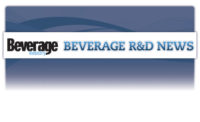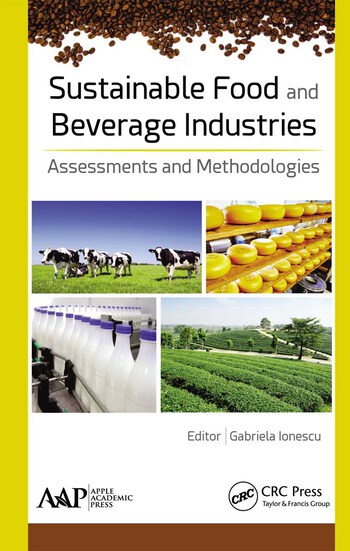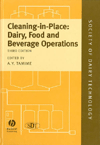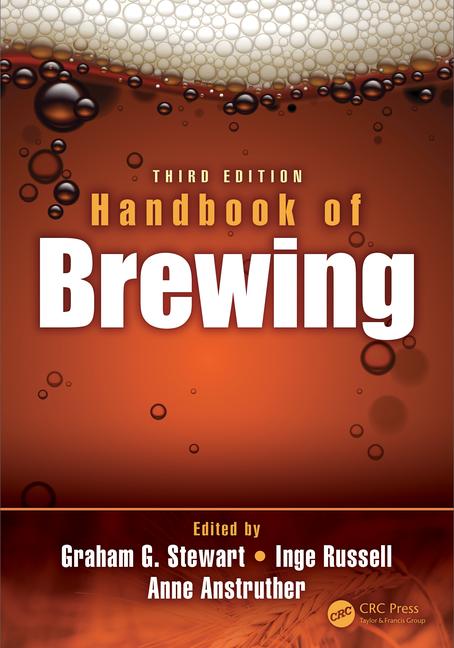Ingredient suppliers expand operations, tout sustainable achievements
GNT releases sustainability report, Mother Murphy’s address retro flavors
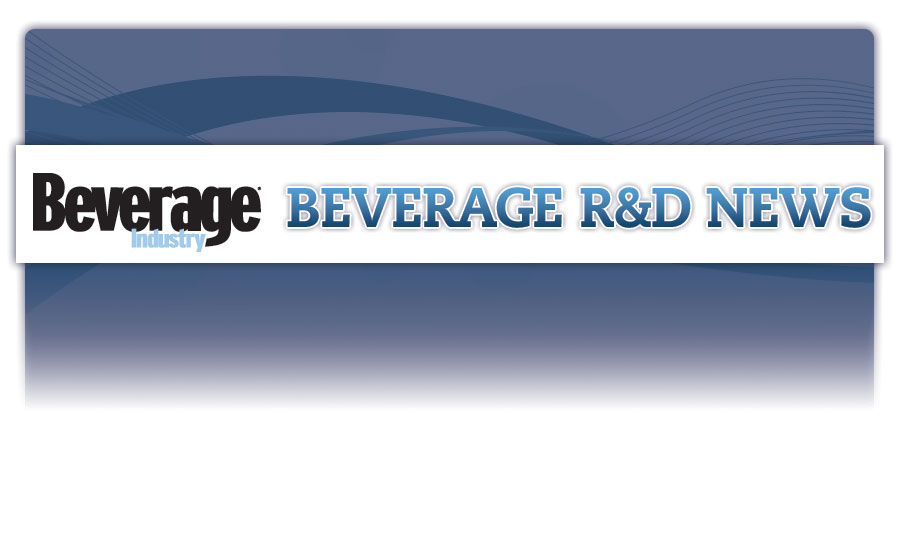
GNT has achieved a 22% reduction in carbon intensity at its EXBERRY factories since 2020, the company’s latest sustainability report shows. GNT, which creates EXBERRY colors from non-GMO fruit, vegetables and plants, has set out 17 ambitious targets to optimize its environmental and social impacts over the course of the current decade. In 2023, GNT’s total carbon footprint at its production sites in the Netherlands, Germany and USA stood at nearly 13 thousand metric tons of carbon dioxide (CO2)-equivalent emissions. This means 22% less CO2 was emitted per ton of product sold compared to the base year of 2020, taking GNT almost halfway toward its ambition to achieve a 50% reduction by 2030. The new sustainability report reveals there was important progress in a number of other areas. GNT aims to enhance water efficiency at its factories by 20% and has already delivered a 13% improvement compared to 2020 levels. In addition, 74% of the farmers in the company’s supply chain achieved a minimum of Farm Sustainability Assessment (FSA) Silver standard. The compliance rate for GNT’s Policy on Sustainable Sourcing, meanwhile, increased from 70% to 90%.
In an Insights from Mother Murphy’s Flavors titled “The Rise of Retro Flavors,” the flavor supplier details the meticulous efforts that go into crafting nostalgia-inducing flavors. “When we eat or drink something, our taste buds and olfactory senses work in tandem to send signals to our brain, where they're processed in the gustatory and olfactory cortexes,” the insights states. “But here’s where it gets interesting: these flavors are also intricately linked to the limbic system, the part of the brain responsible for emotion and memory.” For beverage-makers wanting to create a nostalgic flavor that resonates with consumers, the insights explains that food scientists and flavor chemists can assist this process by analyzing old recipes and using modern techniques. An example of a popular “newstalgia” are retro soda flavors like root beer and cream soda, adding that sale of old-fashioned soda fountains and craft soda brands have increased by 40% in the past year.
FlavorSum, a North American flavor producer, completed construction and opened a 35,000-square-foot expansion at its Kalamazoo, Mich., facility. The increased footprint enhances the site’s emulsion, extraction and warehousing capacity and includes investment in process automation to increase efficiency, quality and safety. The on-site Innovation Center’s pilot plant has new UHT and HTST processing capabilities that support FlavorSum's Dairy Center of Excellence. “We remain focused on reducing the headaches associated with flavor sourcing and new product development,” said Brian Briggs, president and CEO of FlavorSum, in a statement. “We continue to build our capabilities and resources as the go-to flavor solutions partner for small, mid-sized and emerging food and beverage companies.” In addition to Innovation Centers in Kalamazoo, Mich., and Mississauga, Ontario, FlavorSum is opening a 10,000-square-foot Innovation Center in Marlton, N.J. The Center has an expanded flavor creation lab, analytical and application spaces to facilitate collaborative sessions with a technical team that has expertise in food and beverage flavor solutions, the company says. The N.J. Innovation Center also will house the Beverage Center of Excellence that features pilot capabilities for carbonation, canning, tunnel pasteurization and hot filling, it notes.
Looking for a reprint of this article?
From high-res PDFs to custom plaques, order your copy today!




